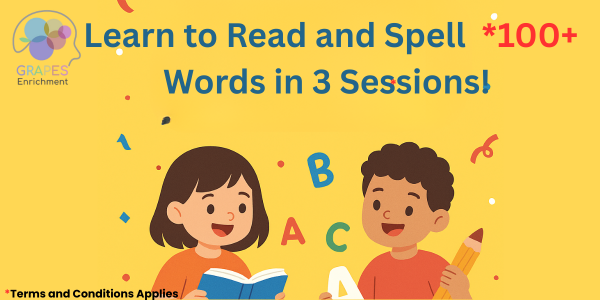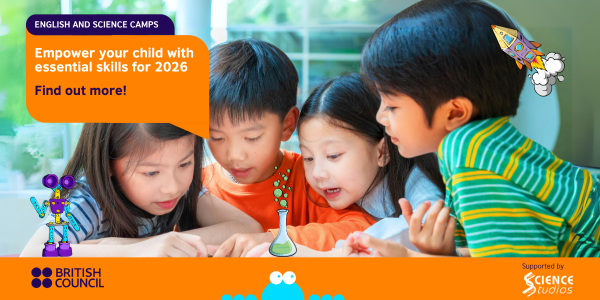Preparing Your Child for the New Language of the World
Is your child holding a smartphone or a tablet now? Well, if you’ve not already realised, they are growing up in a radically different childhood to the one when you are a kid. A question may linger in your head: “is he prepared for the future?” Parents are constantly seeking ways to best prepare children for the future, ensuring that they can get the best start in life.
Today, we seem to be living in an era where we can’t live without computers. So, not knowing the language of computers in the future may be as challenging as being illiterate is today. Though not every job in the future will involve programming, it’s still crucial for every child to learn basic coding. This is not primarily about equipping the next generation to work as software engineers, it is about equipping them with the foundation to understand the new language – the Computational Thinking.
So, What is Computational Thinking?
Computational Thinking, or CT for short, is a logical system of understanding and problem solving that both people and computers can understand. This methodology is not only a pre-requisite to the highly demanded skill of Computer Programming but also a technique that improves the quality of everyday life.
CT consists of four main problem-solving components namely:
- Decomposition – Breaking down problems into easily-solvable parts
- Pattern Recognition – Identifying patterns or trends
- Abstraction – Removing unnecessary information
- Algorithmic Thinking – Developing a step-by-step solution
On the surface level, these four components provide a basic foundation to understanding computer programming, as well as a gateway to a problem-solving approach that will dominate virtually all industries in the future.
However, the benefits of CT extend far beyond just that. CT is also applicable in day-to-day life; having sharpened CT skills from early childhood is connected with smart decision-making, organisation, and learning new languages with ease.
Why Teach CT in Early Childhood?
Much like learning a new language, learning CT is best when taught at a young age. When the child grows up, they won’t remember learning it, but instead it naturally becomes a skill that is part of their everyday life!
Scientifically, a child’s brain has twice as many synapses as an adult’s brain. This means children are born with a virtually unlimited ability to learn new information, but lose this ability as they age and their unused neurons die off.
By the age of five, 85% of the human brain is developed, and by the age of seven, brain development slows significantly compared to its previous years. They will be more readily prepared for their future, and can instead focus their energy on learning other skills and information. Predisposing children to CT is the best way to ensure that they are prepared to jump through hurdles they’ll face next.
By embracing the growing high-tech world, we can prepare children for the future by equipping them with the skills they need to thrive and prosper. Teaching Computational Thinking at a young age to the children of today will give them the head start they need to succeed as the children of tomorrow.






Give your Opinions